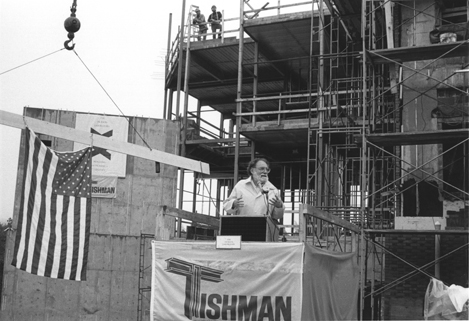
Faculty Research 1990 - 1999
Relationships among dolichyl phosphate, glycoprotein synthesis, and cell culture growth.
Document Type
Article
Publication Date
1990
Keywords
Cell-Division: de, Cell-Line, Cell-Survival: de, Cholesterol: me, Dolichol-Monophosphate-Mannose: me, Dolichol-Phosphates: me, DNA-Replication: de, Glycoproteins: bi, Kinetics, Lovastatin, Male, Mannose: me, Mevalonic-Acid: me, Mice, Mice-Inbred-C3H, Microsomes-Liver: me, Polyisoprenyl-Phosphates: me, Radioisotope-Dilution-Technic, SUPPORT-U-S-GOVT-P-H-S, Tritium
First Page
382
Last Page
389
JAX Location
1769
Grant
T32CA09217, GM38589
Abstract
Following treatment of Chinese hamster ovary cells with inhibitors of mevalonate biosynthesis in the presence of exogenous cholesterol, the cellular concentration of phosphorylated dolichol and the incorporation of [3H]mannose into dolichol-linked saccharides and N-linked glycoproteins declined coincident with a decline in DNA synthesis. Addition of mevalonate to the culture medium increased rates of mannose incorporation into lipid-linked saccharides and restored mannose incorporation into N-linked glycoproteins to control levels within 4 h. After an additional 4 h, synchronized DNA synthesis began. Inhibition of the synthesis of lipid-linked oligosaccharides and N-linked glycoproteins by tunicamycin prevented the induction of DNA synthesis by mevalonate, indicating that glycoprotein synthesis was required for cell division. The results suggest that the rate of cell culture growth may be influenced by the level of dolichyl phosphate acting to limit the synthesis of N-linked glycoproteins.
Recommended Citation
Kabakoff BD,
Doyle JW,
Kandutsch AA.
Relationships among dolichyl phosphate, glycoprotein synthesis, and cell culture growth. . 1990; ():382

